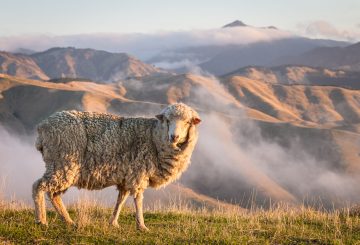ジュディス・コリンズ国防相とウィンストン・ピーターズ外務大臣の共同声明によると、ニュージーランド政府は、2026年9月まで国防軍(NZDF)の配備をアフリカと中東に拡大することを決定しました。これには、イスラエルとアラブ諸国の国境紛争に関する国連の取り組みを支援することも含まれます。
イスラエルとガザの間の紛争は激化し、数千人が死亡し、国境、特にレバノンとの緊張が高まっています。スーダンでは、スーダン軍と準軍事組織の迅速支援部隊との戦争により大規模な避難危機が発生し、スーダンの人口の半分が援助を必要としている。
NZDFの派遣は、平和と安定を促進し、国際的なルールに基づく体制を維持するというニュージーランドのコミットメントの一環です。ピーターズ氏は、中東とアフリカにおける課題は、ニュージーランドの安全保障を含め、より広範な結果をもたらす可能性があると付け加えました。
ニュージーランドはまた、2026年6月までの2年間、バーレーンの連合海事部隊(CMF)を含む中東での海事任務への参加を継続する予定です。これは、航行の自由と海上交易路の安全を確保するためです。
また、NZDFは、インド洋とアデン湾における密輸、海賊行為、テロ対策を目的とする複合タスクフォース150を率いる。アンザック級フリゲート、HMNZS テ・カハとHMNZS テ・マナがこの任務を支援します。
さらに、2025年5月から2026年6月までの6か月間、米国海軍中央司令部に地雷対策タスクユニットが配備される予定です。この配備の目的は、パートナーとの開かれた海上コミュニケーションを促進することです。
「これらの配備は、ニュージーランド国防軍にとって、ニュージーランドの利益を守るために不可欠なスキルと能力を開発し、テストする大きな機会となります」とコリンズ氏は述べました。





























































